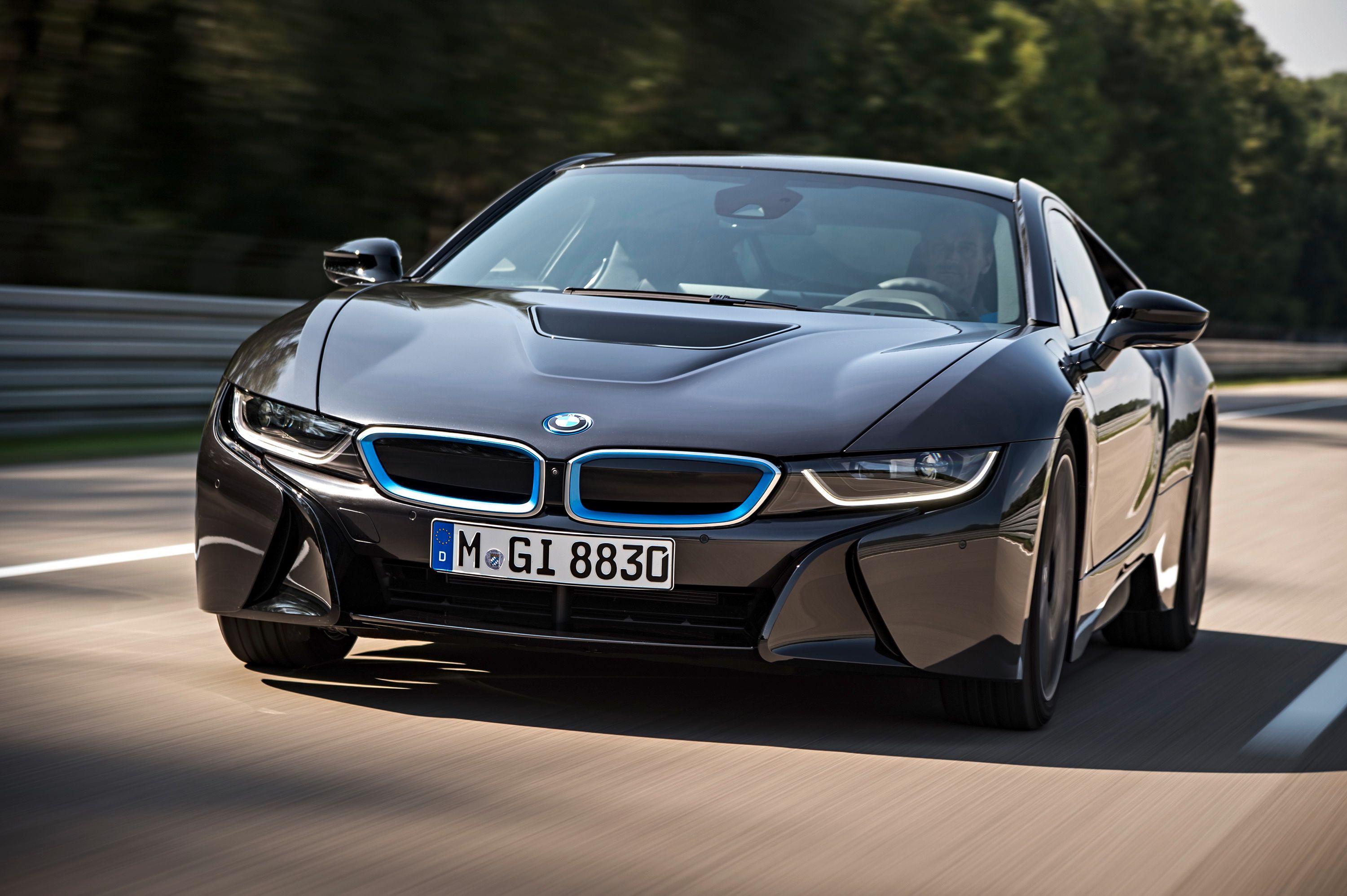BMW’s i division may have brought us the electric BMW i3 and the Plug-in BMW i8, but it also brought fear that BMW would merge the the i and M divisions, potentially taking away from the “Ultimate Driving Machine” image associated with the brand’s M-car lineup. Even still, BMW remained adamant that the two divisions would remain separate for the foreseeable future. Well, until now, that is, as BMW’s Head of Product Management – Alexander Kotouc – has hinted that the two brands could eventually merge: “If we built something like a high-performance car or a supersports electric car, why shouldn’t it be something like an iM car?”
That’s the word that comes from Car Advice, who was on the scene in Australia when the BMW 530e iPerformance made its local debut. Kotouc claims that the reasoning behind this possibility in the future stems from the fact that people are willing to step into a car that is “part-electric,” but they still want all of that M goodness we’ve all grown to love. It’s the main reason why the brand’s plug-in models with the M Sport package sell so well. According to Kotouc, the brand’s cars will always retain that “ultimate driving machine” heritage, regardless of drivetrain, so there are at least some reassurances on the table. But, what does that really mean for future i and M models? Keep reading to find out.
Electrification of All Things
These days, everyone but climate change deniers are pushing for more hybrid and electric cars, and while manufacturers must produce some to maintain a certain level of emissions and fuel economy across the board, most are pushing hybrid and electric tech harder than ever, promising to have a large number of electric or hybrid models in their lineups over the next five to seven years. Volkswagen, for example, has promised 30 electric models by 2025 – that's a tall order and a bold statement. But, when it comes to BMW, we’re talking about a completely different situation, as the brand has always been known for its performance and heritage. So, what does this mean for BMW’s future lineup?
Well, it could mean that in 10 years, you won’t be able to buy and M3, M4, or M5, as they could all rock a battery pack, an electric motor, and a smaller engine. BMW could market them as the iM3, iM4, or the iM5, for example. BMW could also expand the i-lineup itself to include more than just the i3 and the i8. Or, as a third option, could offer the iM models above the standard M models, giving them a little extra oomph. It’s all up in the air right now, of course, but a future of electrified M cars isn’t exactly a bad thing either.
Take the BMW i8 for example. If you can get past the price tag, and the fact that it only gets like 22 miles of electric range per charge, it’s not a bad car. That little 1.5-liter, turbocharged, four-cylinder and electric motor generate 362 horsepower and 420 pound-feet of torque. It’s enough to get the car up to 60 mph in around 4.2 seconds and up to a top speed of 155 mph. That’s really not bad for a car with such a tiny engine, but the real point is that the car is focused on performance, not fuel economy or electric range, and that’s exactly what BMW needs to stick to if it does start to electrify its M-car lineup.
BMW i8 Drivetrain Specifications
|
Gasoline Engine |
BMW TwinPower Turbo 1.5-Liter Three-Cylinder |
|
Electric Motor |
Hybrid synchronous motor with power |
|
Total Output |
362 horsepower |
|
Total Torque |
420 Pound-Feet |
|
Transmission |
Six-Speed Automatic |
|
Acceleration (0-60 mph) |
4.2 Sec., Est |
|
Top Speed |
155 MPH |
|
Fuel Economy (MPGe) |
95 |
|
Total Range |
310 Miles (372 Miles w/ ECO PRO) |
|
Electric Range |
22 Miles |
With that idea in mind, would electrified M-cars really be such a bad thing? You could potentially get the same power output (or better) while getting better fuel economy. Whether or not BMW can maintain the same feeling with hybrid technology under the hood is a different story, but I haven’t heard too many complaints about the i8, so I think it’s likely a moot issue. BMW knows that it must keep that M-car feel alive as cars continue to evolve, so you can bet the brand will do it right, regardless of which path it takes. And, for what it’s worth, Kotouc even offered up a promise to help ease your nerves a little: “I promise you one thing, BMW will bring that have equal kind of acceleration that makes it a BMW, and you can take it through corners on a racetrack, and it will behave like a BMW.”
So, there you have it. We could very well see an entire lineup of electrified M-cars in the next five to 10 years. What do you think? Can BMW successfully electrify the M-car lineup without ruining the M name? Would you be willing to buy a hybrid M3? Feed us your thoughts in the comments section below.
Read our full review on the BMW i8 here.

